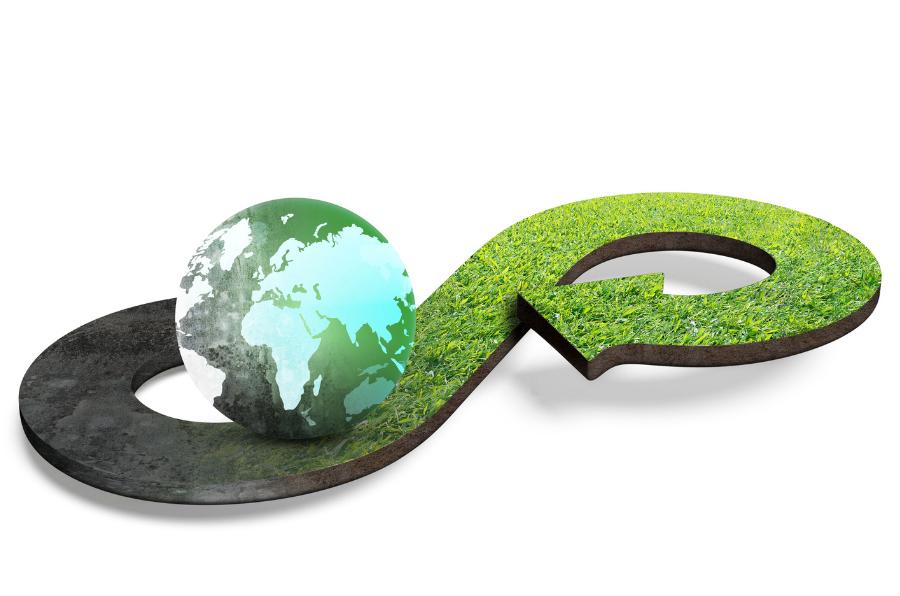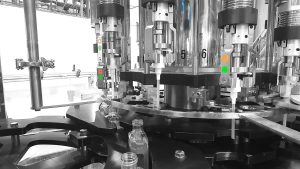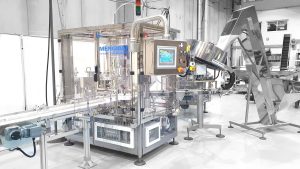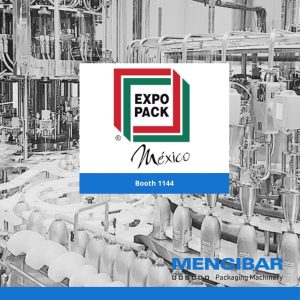Mother Nature is the main supplier of raw materials and we have used its resources for thousands of years to manufacture new products, maintaining a balance that in recent decades has been altered in an alarming and dramatic way.
Nature cannot bear the continuous plundering of its resources, their transformation and distribution up to the levels we have reached. Today it would take 1.74 planets to be able to maintain this unbridled race.
The effects of this one-way race have its side effects (not least) in the form of environmental disasters, climate change and scarcity of resources. A change is necessary. Companies and consumers must radically change their way of thinking and acting, changing the current model to circulate.
Extending the useful life of products will not only reduce the number of products that must be manufactured, but will also reduce the total volume of waste that we will generate. This does not mean that companies will have fewer benefits, we simply define a new paradigm: benefits do not come exclusively from higher growth.
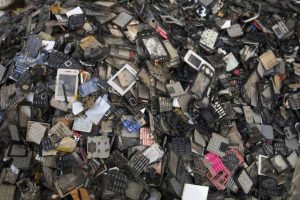
Planned obsolescence has been the engine of the world economy since Bernard London defined it in 1932. Increase the economy based on increasing consumption as opposed to the circular economy that seeks products that can be used for decades and reused as much as possible.
We must flee from planned obsolescence and embrace planned durability.
Mengibar does not design equipment that is ready to stop being efficient after a few years, but instead develops products that last for decades. An example is the production of home care products with sustainable packaging in order to cause less plastic pollution.
Mengibar is the most profitable solution for clients who value the return on their investment.
Fidel Mengibar, CEO


